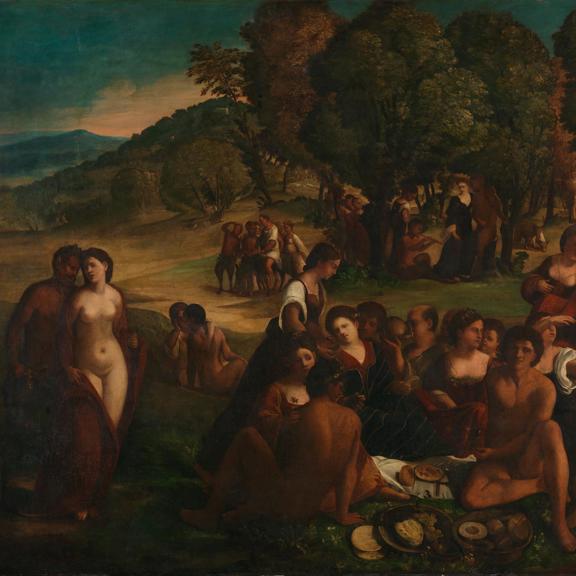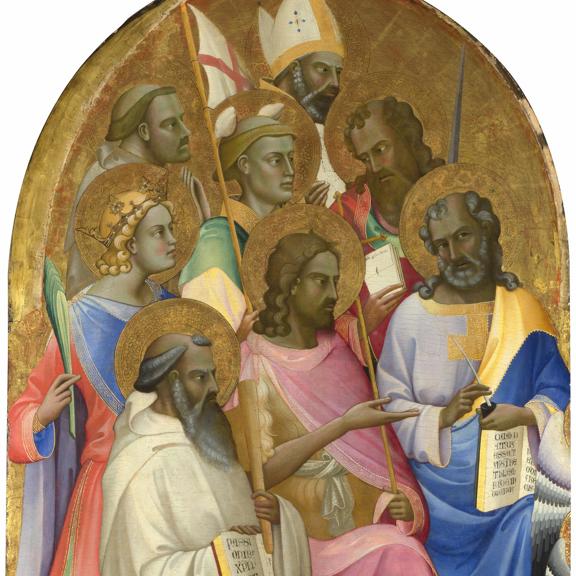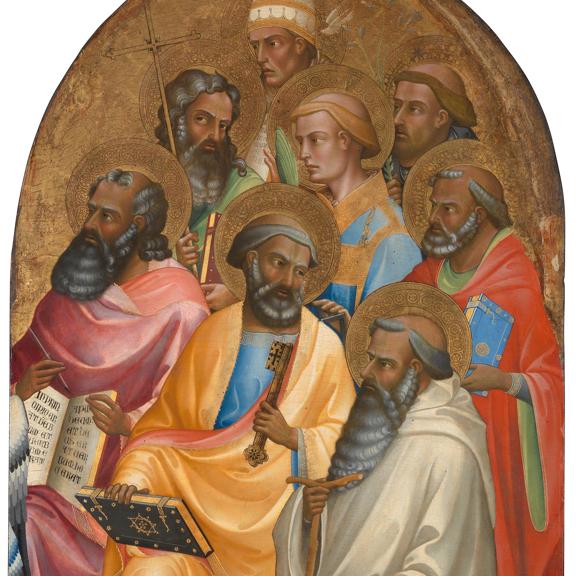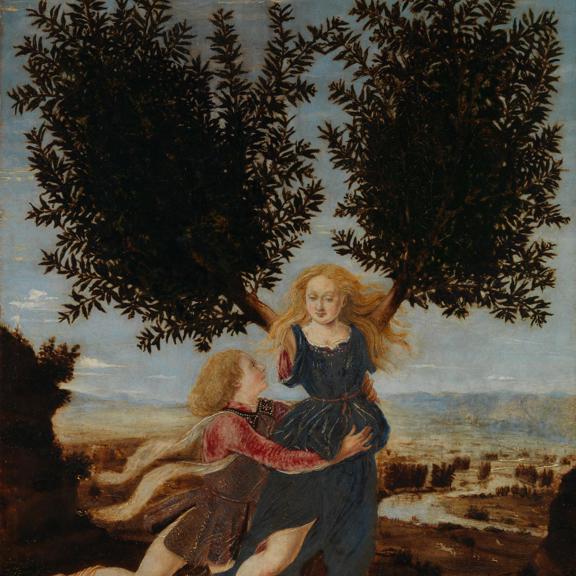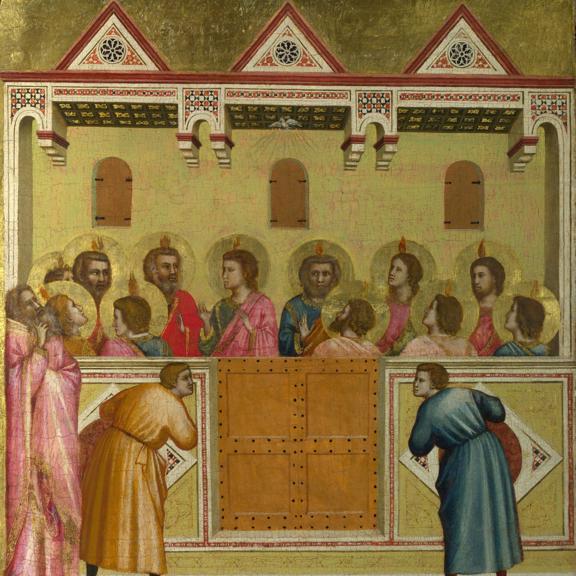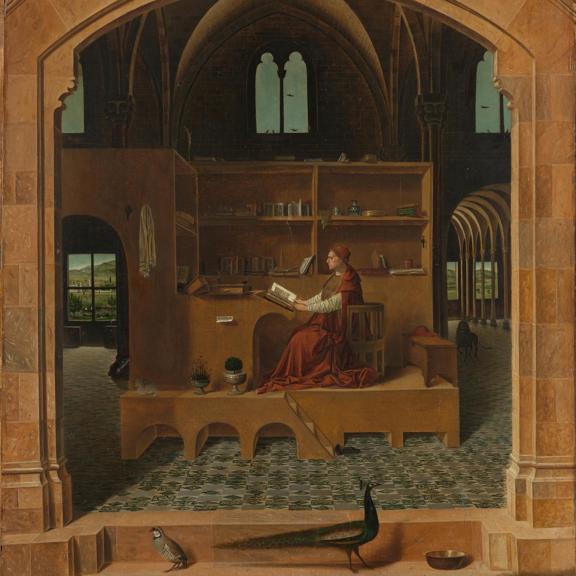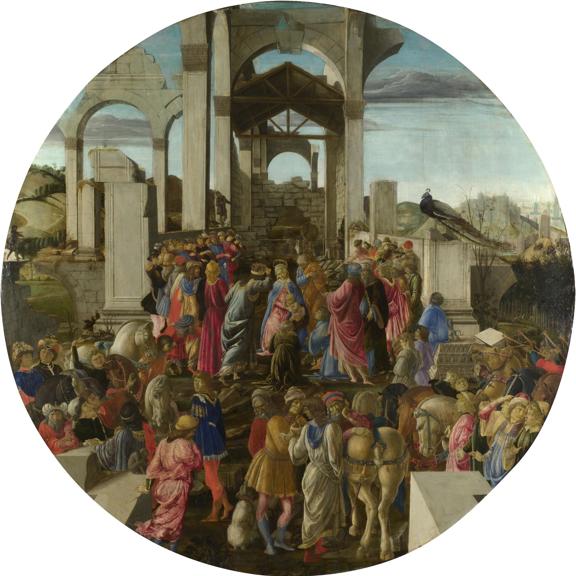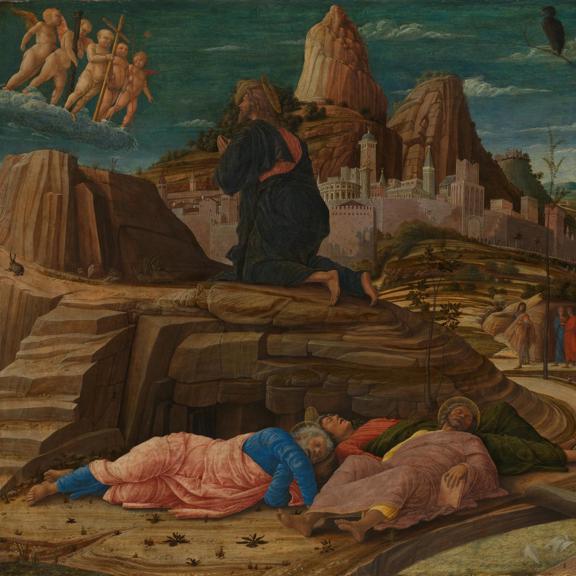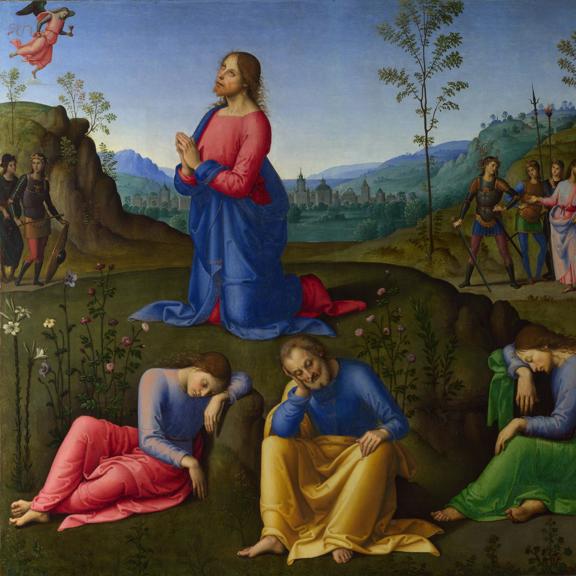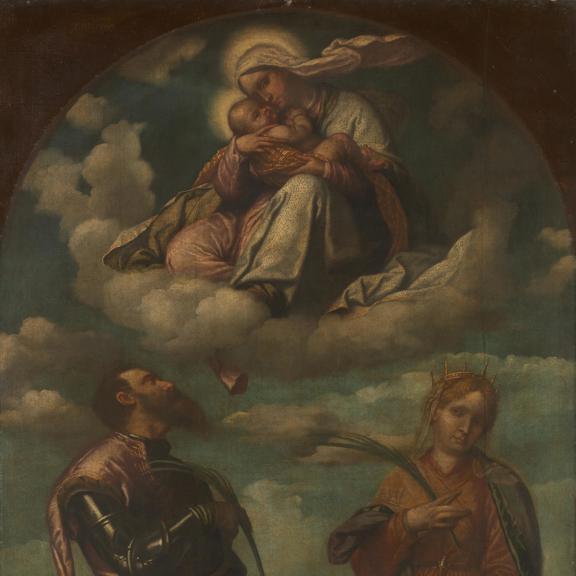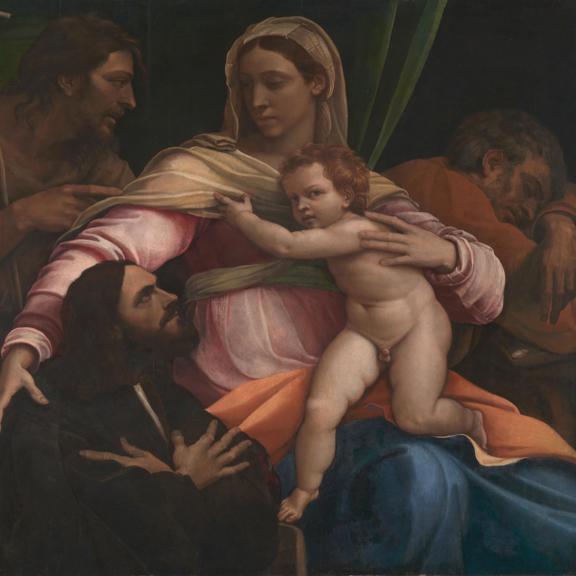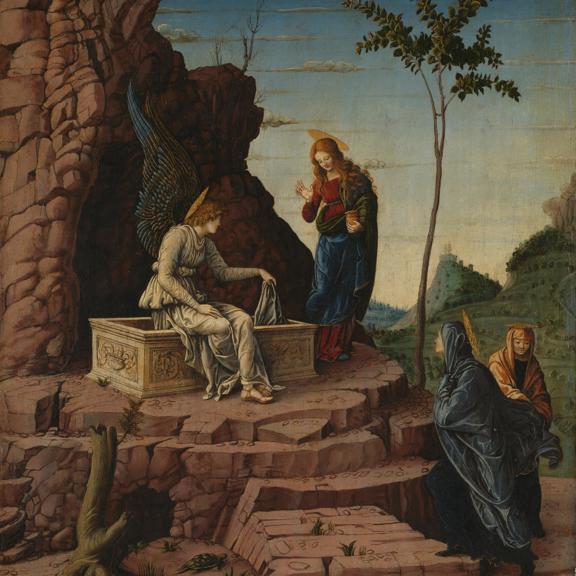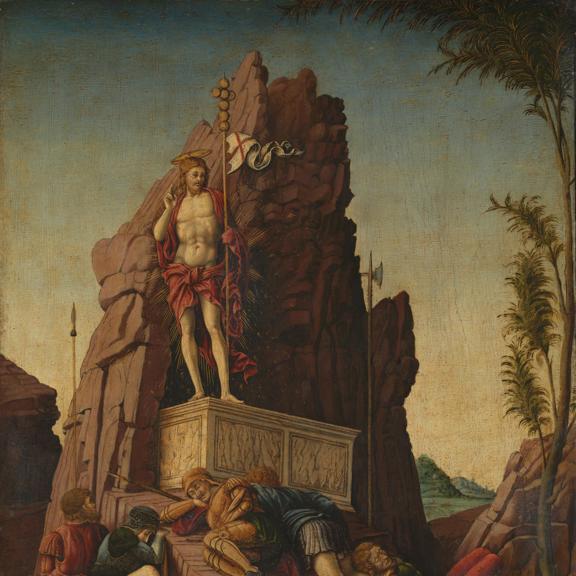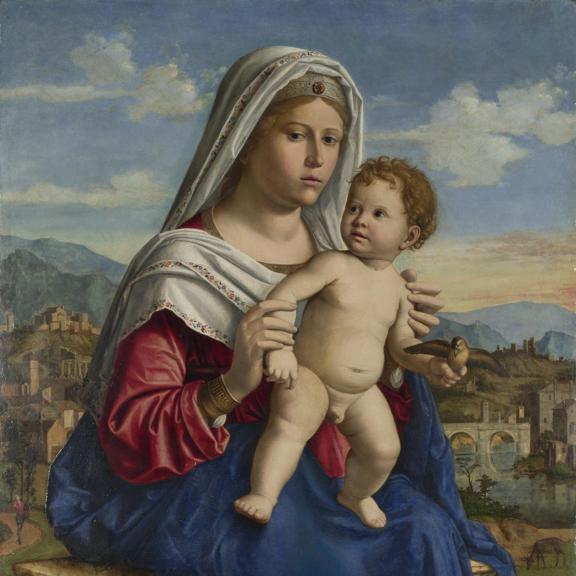British Liberal politician and art collector.
William Coningham
This person is the subject of ongoing research. We have started by researching their relationship to the enslavement of people.
Biographical notes
Summary of activity
William Coningham was the son and heir of the Revd Robert Coningham, who was the nephew of Walter Coningham (who died in 1830).
Walter Coningham’s will (proved 22 February 1831) left the estate of Colonarie Vale and the attached 305 enslaved people on St Vincent to his nephews Robert Coningham and the author John Sterling (son of his sister Hester Sterling [née Coningham] (UCL Department of History, ‘John Sterling’, in UCL Department of History (ed.), Legacies of British Slave-ownership [online], London 2020, <https://www.ucl.ac.uk/lbs/person/view/44169> accessed 25 June 2021), and awarded annuities of £500 per annum to Robert Coningham and Hester Sterling.
After their decease the whole of his property was to be divided between the children of Robert Coningham and the children of Hester Sterling. In 1831 John Sterling, recovering from tuberculosis, travelled to St Vincent to stay on the estate, and in his correspondence wrote at length on the conditions of the enslaved people, including his own. In 1836 Robert Coningham was awarded compensation for the estate with his nephew, John Sterling. Robert Coningham himself died in 1836 and Hester Starling in 1843.
The Revd Robert Coningham’s will, made in 1816, and proved 23 July 1836, appointed trustees of his estate, guardians for his son William and three executors: in 1822 he made his wife sole executrix and guardian. William Coningham himself was co-remainderman of the estate, after the deaths of his father and aunt. While he inherited it after the end of slavery, he benefitted from the compensation paid to his father. Coningham was elected Liberal Member of Parliament for Brighton in 1857, but, owing to ill health, resigned his seat in 1864. He carried out a lengthy correspondence with his cousin John Sterling. Francis Haskell notes that in 1840, Coningham embarked on a correspondence with John Sterling ‘which meant so much to him that he was later to publish three separate editions of the letters which he received from John Sterling’ (Francis Haskell, ‘William Coningham and his collection of Old Masters’, Burlington Magazine, vol. 133, October 1991, 676-81 (676), and Twelve Letters, third edition, 1851.)
Slavery connections
Coningham was the son and heir of the Revd Robert Coningham, an annuitant for £500 p.a. on the Colonarie Vale estate and the attached 305 enslaved people on St Vincent. William Coningham himself was co-remainderman of the estate, after the death of his father (d. 1836) and aunt (d. 1843). While he inherited it after the end of slavery, he benefitted from the compensation paid to his father. For the Revd Robert Coningham see UCL Department of History (ed.), Legacies of British Slave-ownership [online], London 2020, <https://www.ucl.ac.uk/lbs/person/view/26679> accessed 25 June 2021.
Abolition connections
On 11 June 1863 William Coningham made a speech to parliament on the subject of the Slave Trade: ‘Mr Coningham said, he would beg to ask the First Lord of the Treasury, Whether the efforts which have been made hitherto by the British Nation for the suppression of the African Slave Trade might not with advantage be extended to the continent of America; and whether the time has not at length arrived when it becomes the duty of Her Majesty’s Government to enter into friendly negotiations with the Federal Government of the United States for the purpose of concerting measures for the gradual but total suppression of the Slave Trade in the Confederate States?’ (Hansard HC Deb. vol.171 cols.697-8, 11 June 1863 [online], <https://api.parliament.uk/historic-hansard/commons/1863/jun/11/slave-trade-question#S3V0171P0_18630611_HOC_12> accessed 25 June 2021).
National Gallery painting connections
Donor: William Coningham was a noted collector, mostly of Italian paintings. In 1848 he presented to the Gallery two panels of Adoring Saints (NG215 and NG216) by Lorenzo Monaco, from the San Benedetto Altarpiece.
Former owner: the NG also purchased a number of works which had been in his collection, including Antonello da Messina, Saint Jerome in his Study (NG1418), bought in 1894 from the Earl of Northbrook. The other works are: Sandro Botticelli, The Adoration of the Kings (NG1033); Giovanni Battista Cima da Conegliano, The Virgin and Child (NG634); Follower of Dosso Dossi, A Bacchanal (NG5279); Giotto and Workshop, Pentecost (NG5360); Andrea Mantegna, The Agony in the Garden (NG1417); Imitator of Andrea Mantegna, two works from Three Scenes of the Passion of Christ: The Resurrection and The Maries at the Sepulchre (NG1106 and NG1381); Moretto da Brescia, The Virgin with the Infant Christ, seated upon Clouds above Saint Hippolytus and Saint Catherine of Alexandria (NG1165); Piero del Pollaiuolo, Apollo and Daphne (NG928); Sebastiano del Piombo, The Madonna and Child with Saint Joseph, Saint John the Baptist and a Donor (NG1450); and probably by Lo Spagna, The Agony in the Garden (NG1032).
Bibliography
anon., 'Coningham, William', in J. Turner et al. (eds), Grove Art Online, Oxford 1998-, https://doi.org/10.1093/gao/9781884446054.article.T019046
Checked and found
— Item on publisher's website
History of Parliament Trust (ed.), The History of Parliament: British Political, Social & Local History, London 1964-, https://www.historyofparliamentonline.org/
Checked and not found
— Item on publisher's website
C. Matthew et al. (eds), Oxford Dictionary of National Biography, Oxford 1992-, https://www.oxforddnb.com/
Checked and not found
— Item on publisher's website
UCL Department of History (ed.), Legacies of British Slave-ownership, London 2020, https://www.ucl.ac.uk/lbs/
Checked and not found
— Item on publisher's website

